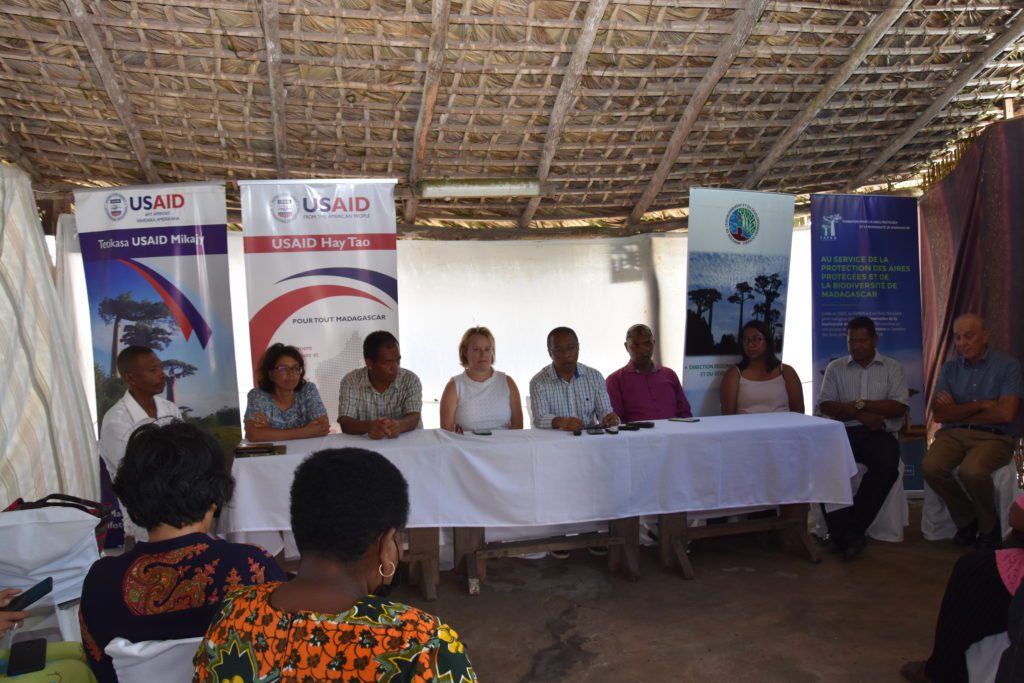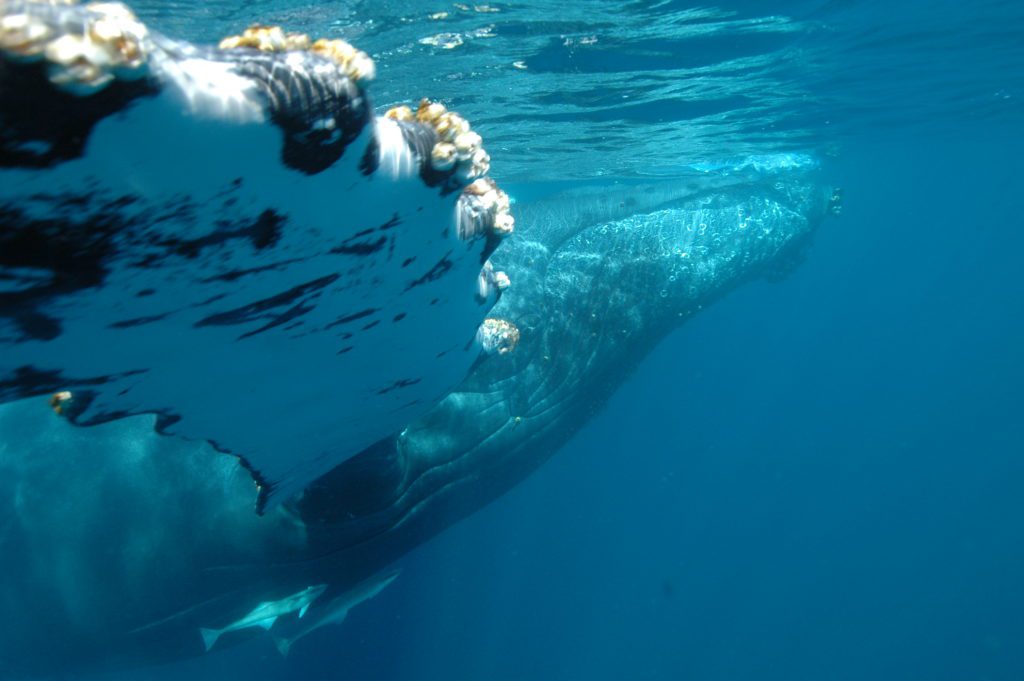Beneficiary of annual grants from FAPBM since 2022, the marine reserve of Ambodivahibe (Northern Madagascar) hosted a first FAPBM monitoring and evaluation mission. Serge Ratsirahonana, FAPBM, Monitoring and Evaluation Officer, was accompanied by Hanta Zo Rakotovao, FAPBM Trustee and President of the Audit Committee. This first mission focused on collecting data at T0 for the indicators to be monitored. To measure the impacts of its funding, FAPBM’s indicators relate to the state of conservation, community development and resilience to climate change of the protected area. Quasi-scientific data collection is therefore required to ensure the reliability and completeness of the data. For ecological data, related to the conservation status of the marine protected area, a snorkeling was conducted with local communities to assess their methodology. This field trip opened a discussion on capacity building of the management team by the National Ocean Research Center (NRC). Regarding data on local populations, Ambodivahibe benefited …
Ambodivahibe, monitoring the conservation status of the marine reserve at T0
























